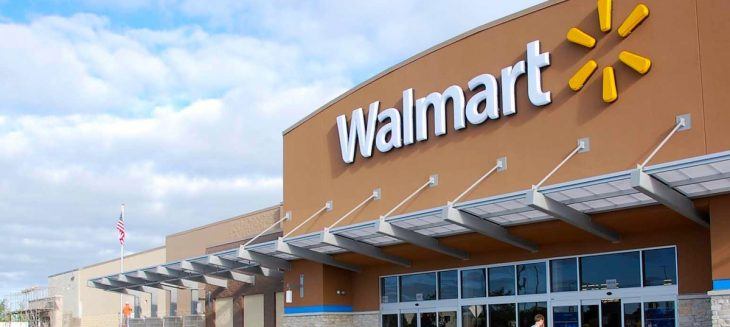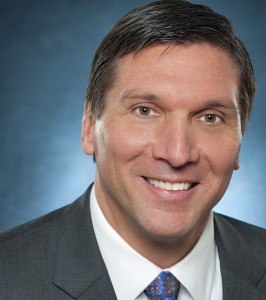Wal-Mart customer insights from 2.2 billion voices drive much of the retailer’s business plan
by December 9, 2015 6:06 pm 622 views

A large part of Matt Kistler’s job is to know as much about the immense diversity among consumers. For example, Millennials are likely to blame – or credit – for reducing a shoppers’ attention span from 12 seconds in 2000 to eight seconds in 2015.
Kistler, senior vice president of customer insights and analytics at Wal-Mart Stores Inc., works to track consumers on 37 different social networks. The retailer also gleans insights from syndicated data, national industry consultants like Kantar, and its supplier partnerships. But perhaps the most relevant content it gets comes from its own conversations with the 2.2 billion shoppers across the globe in its stores each week.
“There’s nothing like talking to your customers,” Kistler said during his speech at the WalStreet Breakfast event held by the Bentonville-Bella Vista Chamber of Commerce on Wednesday (Dec. 9) in Bentonville.
WALMART CUSTOMERS REFLECT NATIONAL DEMOGRAPHICS
Kistler said consumers in all income brackets shop Wal-Mart. He said 20% of the shoppers in its stores scouring deals during Black Friday weekend mirror the top 20% income households in the country.
“This surprises a lot of people. But Wal-Mart shoppers are a close image of the national profile. We under-index on Asian customers and we’re also way over-indexed on large households but other than that our shoppers are very similar to the U.S. consumers overall,” Kistler said.
He said 8 out of 10 Millennials could also be found shopping Black Friday in its stores and online, and 56% of Black Friday shoppers began their trip online before they went out to the stores.

“There’s no doubt the customer is expecting more for retailers. If a retailer is global then consumers expect you to offer anything they want, anytime and anyhow they want it. This is a challenge for the industry. Wal-Mart is not yet good at enough at it, but we are working on it,” Kistler said.
Another area Kistler said its customers need help with is in time management, which is the basis for all the ongoing work in rolling out grocery pickup. He said connecting customers in physical stores and online seamlessly is also a way the retailer hopes to provide convenient shopping options.
Kistler continues to be surprised by the number of retailers that don’t allow their online shoppers to return items to the stores. He said customers don’t care about where or how they purchased an item from a retailer, they instead only see one retailer who should be able to address their issue.
MILLENNIALS, GEN Z
Kistler also shared some insights regarding the changing consumer landscape. He said Millennials continue to be the demographic most watched given that they will total roughly 79 billion by 2017, which is larger than France.
“I find it interesting that two-thirds of Millennials will live in just five states — California, Texas, Illinois, Florida and New York. That is going to have some big possibilities and
in those areas in the future,” Kistler said.
Other findings regarding Millennials are that 54% of them now have children, but just 51% of them are married. He said 41% of the U.S. babies born today are born to single parents, which also increases the time and convenience factor requirements for this consumer set.
Classified as “digital natives,” Millennials are also helping to drive the mobile shopping craze. He said 85% of them have a smart phone and the group is also responsible for the shorter attention span of shoppers today.
“In 2000 shoppers had an average attention span of 12 seconds. Today it’s about 8 seconds and that’s no doubt related to the Millennials,” Kistler said.
While Millennials are interesting to study, Kistler said Wal-Mart is also looking at Generation Z, which he said has tagged itself the “Founder” generation. He classified those born in 1995 or after as Generation Z. Kistler said the group has never lived without the iPhone, iPod, electronic tablets, Google, Amazon, Facebook, Twitter or any of the social media sites they use today.
“They differ from the Millennials who tend to be ‘cause’ oriented and somewhat self-absorbed. Gen Z is very self-assured and more focused on success. … They are mobile natives and will be the most multicultural generation with 48% of them being non-caucasian,” Kistler said.
